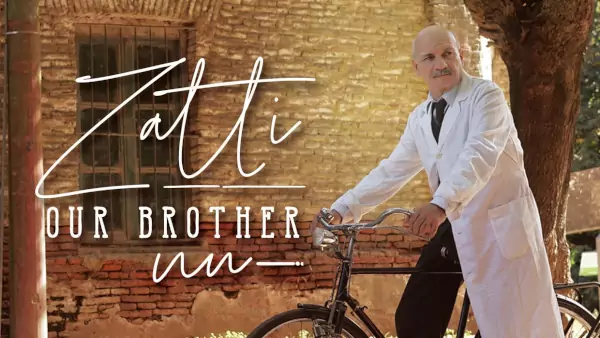08 July - Son of the crusader Bouchard de Marly, and Mathilde de Châteaufort (granddaughter of King Louis VI), born at the castle of Marly, he received like any noble a military education but in a very Christian environment. From a very young age, he showed great devotion to the Blessed Virgin, whom he called "his good Mother and his dear Mistress".
He was also very interested in the monasteries of which his father was a great benefactor: the Vaux de Cernay and Port-Royal. Close to the royal family, he practised the profession of arms and became a knight at the court of Philippe Auguste.
It was to the abbot of the Vaux de Cernay, Thomas (1210-1229), that he first spoke of his desire for religious life. However, the latter warned him, pointing out the severity of a Cistercian life compared to the one the young man had led before. In 1226, Thibaut nevertheless entered the Abbey of Vaux-de-Cernay, which represented his ideal of life. As early as 1230, he was appointed prior by Abbot Richard, and was elected abbot in his turn, on the latter's death in 1235. From then on, he carried out many tasks, from the enlargement of the abbey, work required by the growing number of monks, to the maintenance of the existing buildings. Always dressed in rustic and discarded clothes, he says that this lack of luxury suits exactly what Saint Bernard had asked for. His devotion to the Blessed Virgin is intense. He demands that on the choir books, his name be written in red letters: "Sweet name of the Blessed Virgin, Blessed Name, Venerable Name, Ineffable Name, Lovable Name in all eternity". To those who reproach him for this devotion which they find invasive, he replies: "Know that I love the Blessed Virgin as much as I do, only because she is the Mother of my Lord Jesus Christ; that if she were not, I would not love her more than the other holy virgins. Thus, it is Jesus Christ himself that I love, honour and revere in her".
Guillaume d'Auvergne, bishop of Paris, entrusted him with the spiritual direction of the nuns of Port-Royal. In 1236, he was entrusted with the inspection of the abbey of Joie-lès-Nemours, while the general chapter of 1237 entrusted him with the direction of Notre-Dame du Trésor in the Vexin. He was also in charge of the men's abbey of Breuil-Benoît near Évreux. Having heard about the holiness of the abbot of Vaux de Cernay, King Louis IX (who was also to be canonized), asked him to pray for him at court so that he and Queen Marguerite of Provence would have descendants. On July 11, 1240, the queen gave birth to her first daughter, Blanche, who died at a young age, but had many brothers and sisters. The king and the queen, grateful, richly endowed the abbey of Vaux de Cernay. Thibaut is monopolized by other charges which oblige him to be absent from his abbey, he deplores it by saying : "O my soul, your Beloved, he whom you seek and desire is not here; let us return, I pray you, to Vaux-de-Cernay, it is there that you will find him, that you will converse with him and that you will have the happiness of seeing him by faith in prayer, while waiting for you to see him face to face and as he is in himself. Return, Sunamite, to your monastery, return there promptly, and there you will worship your God with greater devotion and safety".
Sick for some time, he died on July 27, 1247 and was buried in the chapter hall with his predecessors. On his grave the monks place a simple slab decorated with a crosier and this short inscription arranged at right angles on the right side: "Hic jacet Theobaldus abbas" (Here lies abbot Thibauld). After his death, pilgrims flocked to the tomb; the queen and her son, King Philip III the Bold, came several times to visit the tomb. As they could not enter the chapter hall to see the saint's tomb, his remains were transferred in 1261 to the chapel of the infirmary.
Thibaut was canonized in 1270. On July 8 of that year, his relics were carried into the church and placed in a stone sarcophagus placed on four columns. During the Revolution, the abbey was destroyed and the relics of Saint Thibaut were burnt, except for a small part of the chieftaincy which is now kept in the church of Cernay-la-Ville. He is particularly venerated in Beuvron-en-Auge (canton of Cambremer) where he is reputed to "heal" ulcers and tremors.








